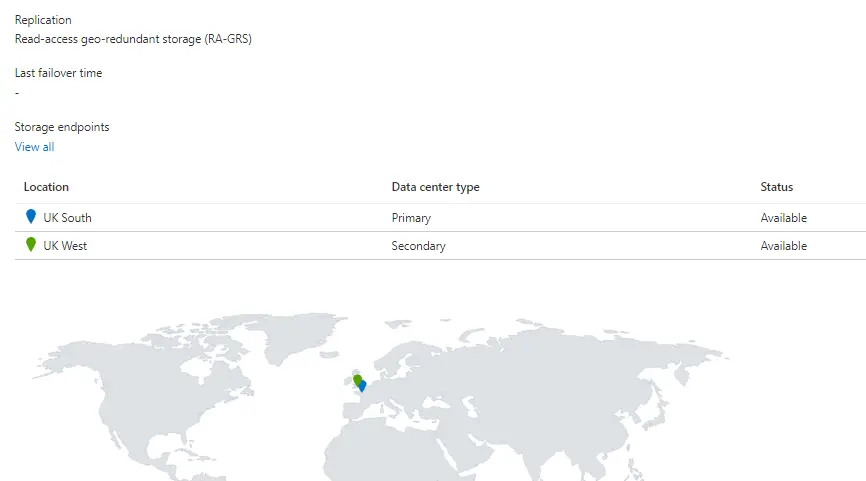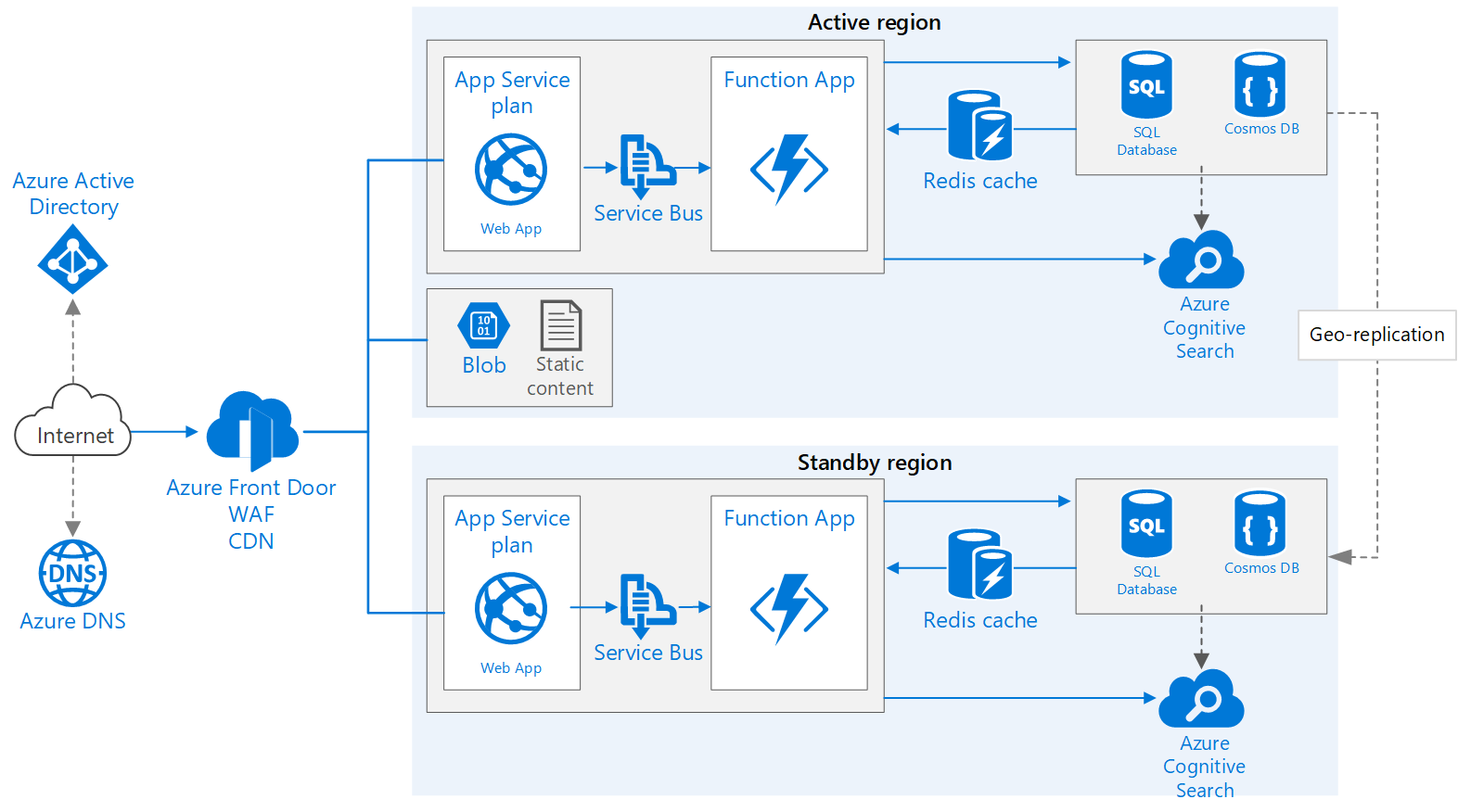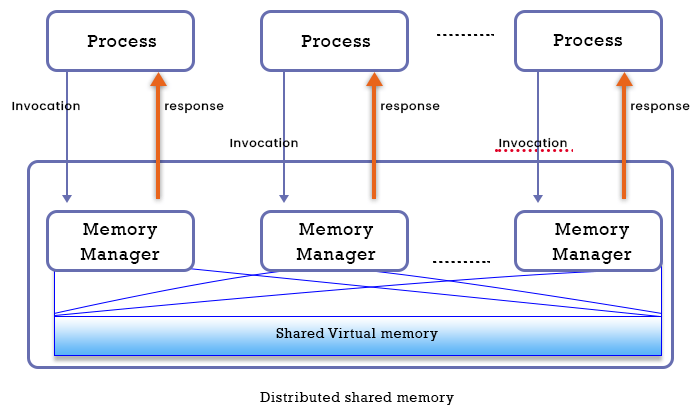Ensuring Consistent Global Access with CDN Geo-Replication Techniques

Introduction

Content Delivery Networks (CDNs) play a crucial role in delivering high-performance and low-latency content to users worldwide. Geo-replication techniques leverage CDNs to ensure consistent and reliable access to content across various geographical regions. This article explores the benefits and methods of CDN geo-replication to optimize global content delivery.

Benefits of CDN Geo-Replication
- Reduced Latency: By replicating content across multiple geographically dispersed servers, users can access the closest server with the lowest latency, improving page load times and overall user experience.
- Increased Availability: Geo-replication mitigates single points of failure by distributing content across multiple data centers. If one server becomes unavailable, users can still access the content from another location.
- Improved Scalability: Replicating content allows CDNs to handle increased traffic without compromising performance. As demand increases in a particular region, additional servers can be deployed to meet the surge.
- Enhanced Security: Geo-replication provides an additional layer of security by storing content in multiple locations. If one location experiences a security breach, the content remains available from other servers.
Types of CDN Geo-Replication Techniques
1. Anycast Routing:
Routes user requests to the closest CDN server based on IP addresses. Servers respond to requests regardless of their location, providing optimal connectivity and low latency.
2. Multicast Routing:
Transmits content to multiple servers simultaneously, allowing users to receive the content from the closest location. This is particularly useful for live streaming and IPTV applications.
3. Content Synchronization:
Replicates content to multiple servers using synchronization protocols. When content is updated, it is automatically pushed to all servers, ensuring that users always have access to the most up-to-date version.
Considerations for CDN Geo-Replication
1. Geographical Distribution:
Determine the optimal locations for replicating content based on user demographics and traffic patterns.
2. Server Capacity:
Ensure that each server has sufficient capacity to handle the expected traffic load.
3. Content Size and Format:
Consider the size and format of the content being replicated. Large files or complex formats may require additional bandwidth and storage resources.
4. Cost:
Geo-replication can involve additional costs for server infrastructure and bandwidth. Factor in these costs when planning your CDN strategy.
Conclusion
CDN geo-replication techniques enable organizations to deliver consistent and reliable content to users worldwide. By reducing latency, increasing availability, improving scalability, and enhancing security, geo-replication ensures optimal performance and a seamless user experience. Careful consideration of geographical distribution, server capacity, content characteristics, and costs is essential for effective implementation of these techniques.## Ensuring Consistent Global Access With CDN Geo-Replication Techniques
Executive Summary
Content Delivery Networks (CDNs) play a crucial role in enhancing the performance and availability of online content by distributing it across multiple servers located in different geographical regions. Geo-replication, a technique employed by CDNs, ensures that content is replicated to multiple data centers, enabling consistent and reliable access for users worldwide. This article explores the benefits, techniques, and best practices of CDN geo-replication, empowering businesses to deliver seamless digital experiences to their global audience.
Introduction
In today’s interconnected world, businesses rely heavily on online platforms to reach their target audience. With the proliferation of global internet users, delivering content quickly and efficiently is paramount to maintain user engagement and satisfaction. CDN geo-replication addresses this challenge by replicating content across multiple data centers strategically positioned near end-users, reducing latency and improving overall content delivery performance.
FAQs
Q1: What is CDN geo-replication?
CDN geo-replication is the process of replicating content to multiple data centers in different geographical locations. This ensures that users are served content from the nearest data center, reducing latency and improving content delivery speed.
Q2: Why is CDN geo-replication important?
CDN geo-replication reduces latency, making websites and applications more responsive and interactive. It improves the user experience, reduces bounce rates, and increases conversion rates.
Q3: What are the benefits of using CDN geo-replication?
CDN geo-replication offers several benefits, including improved website speed, increased content availability, enhanced security, reduced bandwidth costs, and improved search engine rankings.
Top 5 Subtopics
Subtopic 1: Geo-Replication Techniques
- DNS-Based Geo-Replication: Using DNS records to direct users to the nearest data center, based on their IP address.
- Anycast Geo-Replication: A network configuration where multiple data centers use the same IP address, allowing users to connect to the nearest one automatically.
- BGP Geo-Replication: Using Border Gateway Protocol (BGP) routing to determine the best path for traffic based on geographical location.
- Load Balancing with Geo-Restriction: Distributing traffic across multiple data centers while restricting access to certain regions based on specific criteria.
Subtopic 2: Data Center Optimization
- Selecting Optimal Locations: Choosing data centers in strategic locations that provide low latency and high connectivity to target audience.
- Monitoring and Maintenance: Continuously monitoring data center performance and implementing proactive maintenance to minimize downtime.
- Redundancy and Failover: Ensuring that content is replicated to multiple data centers to provide redundancy and prevent service disruptions.
- Capacity Planning: Forecasting future demand and scaling data center capacity accordingly to avoid performance bottlenecks.
Subtopic 3: Content Management
- Content Caching: Storing frequently accessed content in local data centers to reduce latency and improve page load times.
- Content Synchronization: Ensuring that content is kept up-to-date across all data centers, minimizing the risk of expired or outdated content being served to users.
- Version Control: Maintaining multiple versions of content to support different user segments or geographical requirements.
- Content Compression and Optimization: Reducing the size of content files to minimize bandwidth usage and improve delivery speed.
Subtopic 4: Security and Compliance
- Data Encryption: Implementing encryption protocols to protect sensitive data in transit and at rest.
- Access Control: Restricting access to data centers and content to authorized personnel only.
- Compliance with Regulations: Adhering to industry-specific regulations and standards related to data privacy and security.
- Penetration Testing: Regularly conducting penetration tests to identify potential vulnerabilities and mitigate security risks.
Subtopic 5: Analytics and Reporting
- Traffic Analysis: Monitoring traffic patterns and user behavior to identify performance bottlenecks and areas for optimization.
- Geolocation Reporting: Analyzing the geographical distribution of users to optimize content delivery strategies and target specific regions.
- Performance Metrics: Tracking key performance indicators (KPIs) such as latency, throughput, and packet loss to measure the effectiveness of CDN geo-replication.
- Log Analysis: Reviewing CDN logs to identify errors, troubleshoot issues, and improve content delivery efficiency.
Conclusion
CDN geo-replication is a powerful technique that transforms the digital experience for global audiences. By replicating content across multiple data centers, businesses can ensure consistent, high-performance content delivery, regardless of user location. By embracing the techniques and best practices outlined in this article, organizations can leverage CDN geo-replication to enhance website speed, improve user engagement, and optimize their global reach.
Keyword Tags
- CDN Geo-Replication
- Global Content Delivery
- Data Center Optimization
- Content Management
- Security and Compliance
